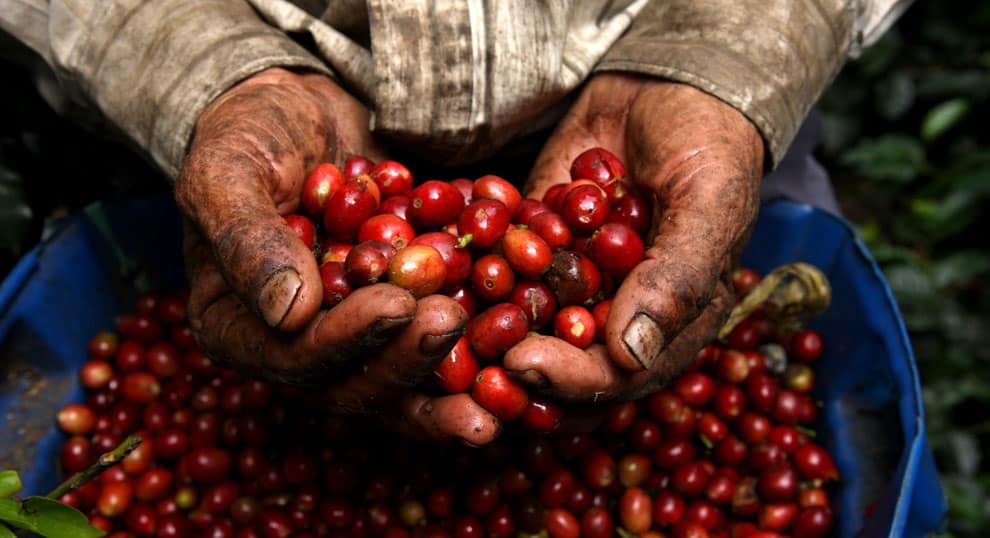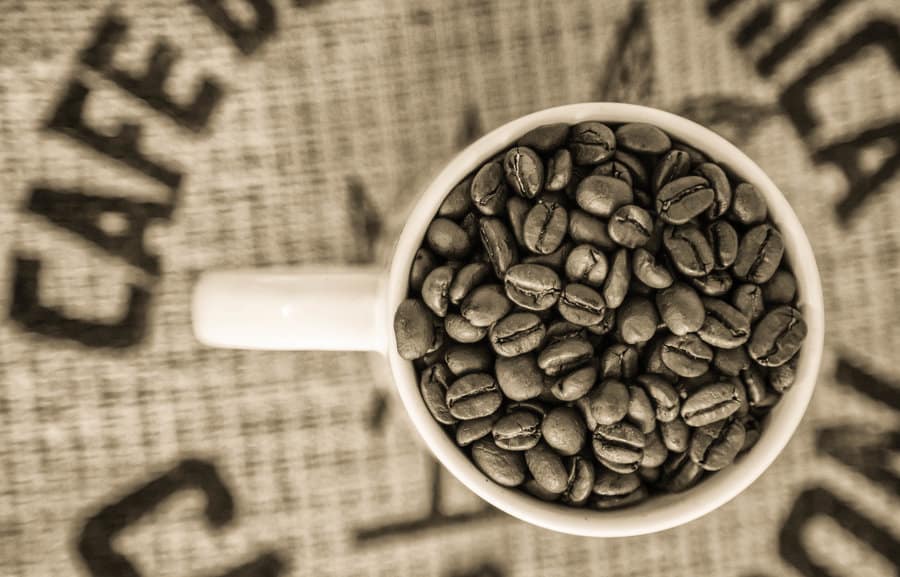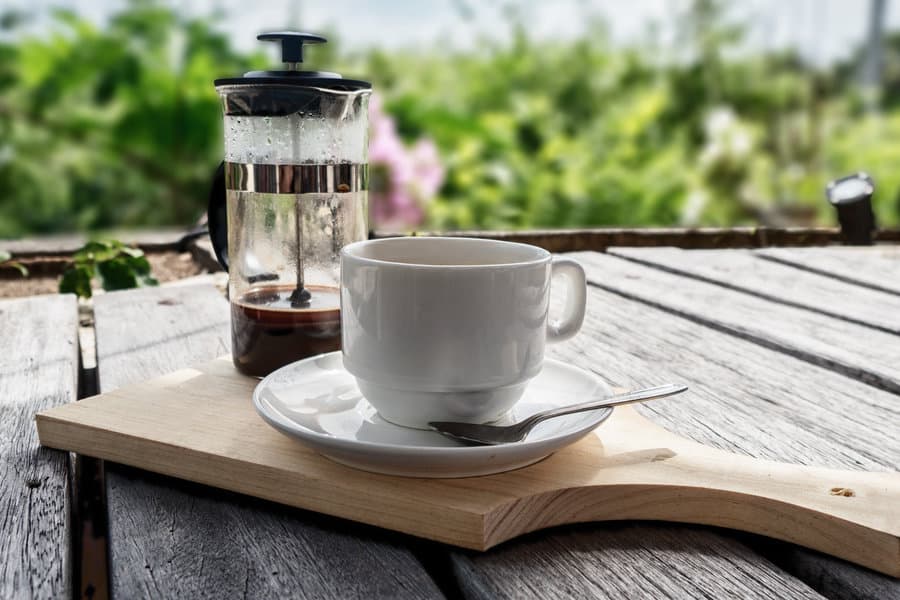
Most people consider coffee from Costa Rica one of the best coffee’s in the world and is usually brings back fond memories of a trip when they are at home drinking a cup of Costa Rica Coffee.
A highly rated Costa Rica coffee, has many distinct flavors depending on many factors such as what farm it was grown, to the type of coffee tree is what grown on etc.
In Costa Rica Caturra, Mondo Novo and Catuai are the coffee varieties most commonly used and each have there own distinct flavors . In particular the best high-grown coffees of Costa Rica are distinguished, and notable for their good body and fruity and bright acidity with a clean and crisp taste.
Now the trick to getting these flavors out of the coffee is more then just opening up your Mr. Coffee and pouring in the grounds and turning on the button. Since drinking a cup of Costa Rica coffee usually will bring back fond memories of your vacation.
If you really want to enjoy Costa Rica coffee at its finest than take a look at what I consider some essential steps in brewing the perfect cup of Costa Rica Coffee.

1. It Starts With The Coffee
First and Foremost – Get fresh roasted Costa Rica Coffee! Once you try fresh roasted coffee you almost never go back to store bought again and if have old ( more then 1 month in a purist world) or pre ground coffee it will not matter about what you do going forward, you will never get the true flavors from the coffee .
Therefore, I would recommend that when you buy coffee either in Costa Rica or once you return, look for a local roaster near you and ask them if they are roasting coffee from Costa Rica and if so, go to them.
If you don’t have a local coffee roaster, you can always order it online via sites such as Amazon or coffee clubs that will send out coffee every month, but do the best you can in getting coffee freshly roasted as you will definitely be glad you did.
In a perfect world you would get coffee that is between 3 days to 2 weeks after it was roasted and therefore its important to ask your local roaster about the roast date or send an email to the company online to find this out.
2. Coffee Bean Storage
Your bag of Costa Rica coffee that you bring back or get freshly roasted from a local roaster will not be used all at one time. In which case you are going to need a good place to store your beans after you have opened the bag.
Therefore, I would recommend that you pick up something like the Airscape Container. The reason being when you leave coffee beans exposed to air it will oxidize and therefore you will lose the flavors and nuances that your coffee has. Therefore, you can avoid this by keeping the coffee away from light, moisture, heat, and air.
3. Coffee Grinder
Grinding your own beans is an essential step to having the perfect cup of coffee and the key here is to get a quality BURR grinder. Consistency is key when it comes to grinding your Costa Rica coffee.
The consistency you need for the ground beans depends on how you choose to brew it. Certain grind consistency works best with specific brewing methods so choose your preferred coffee method and start grinding! I highly recommend grinding immediately before brewing.
If you grind your coffee too soon, it will quickly lose many of the compounds that give it such incredible aromas and flavors. On that note, one of the better grinders out there and one that almost every home brewer I know uses (including myself ) is a Baratza Grinder .
4. Scale
Coffee to water ratio is very very important in order to get the perfect extraction for your coffee. I usually use a 15 to 1 ration ( water to coffee) but everyone is different on how strong they like there coffee.
For a scale that you could use at home or take with you on while traveling I would take a look at the Hario Drip Scale. Beyond measuring out grains of coffee and timing the pour over, it can be used for any even figuring when you are going to take that next vacation to Costa Rica!
5. Water Temperature
This is where we start really going down the ” purist path” and you want to do everything by the numbers. In a perfect world you would want the temperature between 195 and 205 degrees.
This is hot enough to extract carefully and quickly, but not so hot that it’s uncontrollable. Coffee over 205 degrees tends to over extract things from the grounds very easily, producing bitter coffee.
Water under 195 degrees has a difficult time extracting, which often leads to sour, underdeveloped coffee. If you would really be taking things to the next level if you carry with you an Electric Kettle. However, if you decide to go down this path then read on……….
6. Electric Kettle
When you start taking this on your trips is when people might start talking about you. Its definetly for the hard core coffee enthusiast who is trying to get that perfect cup of coffee while on the road. There really isn’t any need to further explain what it does however, for this type of person I would recommend getting the Bonavita Mini Kettle on Amazon as its light and sturdy enough to travel with and is perfect for trips or kitchens.
7. Coffee Mug
A lot of people bring back a ceramic coffee mug from Costa Rica which is great if you don’t need to take your coffee anywhere and can enjoy the morning. However, if you like to drink your coffee whether your on your way to work or someplace else then usually these aren’t the best as you may have already found out the hard way.
In these cases some people opt for plastic or inexpensive travel mugs and which don’t work well on variety of levels such as keeping your coffee hot for extended periods of time to falling apart quickly,( most notably the rubber pieces on the bottom), and the lids they put on them don’t seem to make sipping your coffee very easy or near impossible without spilling on yourself.
Therefore, I would recommend that you go with a stainless steel mug like the Yeti Rambler or the Hydro Flask. Both of these solve all the issues mentioned above and will last you a very very long time.
8. Aeropress

One of the simplest but yet best ways to make coffee at home or even on your next trip. The aeropress was invented by the inventor of the frisbee and stays with the simplicity of design and function. It is basically a big syringe made out of plastic that will make both a great espresso and great cup of coffee.
I won’t go into complete detail on how it works as there are plenty of youtube videos out there to help you with that but basically you grind your coffee a little finer than for drip coffee and place it aeropress along with the thin circular filter. You then place the aeropress on top of your coffee mug and pour in the hot water.
At that point just let it sit for about 2 minutes to brew and finally press down on the top like pressing on a syringe and there you go.. A great cup of coffee in 2 minutes You can find complete kits including filters and funnel on Amazon for about $33.00.
9. French Press

The traditional French Press is another great brewing method and very easy to use. They come in a variety of sizes and styles but don’t overthink it.
Just get one that is made of glass ( better tasting)and one that will hold the amount of coffee that you will drink each time. What most people like about the French Press is the pure taste of the coffee, since no filters are involved, the oils are kept during the brew process and therefore has very pure taste.
The basic brewing process is grind your coffee coarse, put that and water in the French Press (using coffee to water ratio of course) and let it sit for 4 minutes then plunge. How is easy is that? You can get a glass one from Bodum on Amazon for about $35.00
10. Hario V60

This is my preferred way of making coffee whether its from Costa Rica or anywhere else. It a little more hands on then say a French press. Due to the filter you use it takes out some of the oils but for me, leaves a more brighter and tastier cup of coffee.
I would get the ceramic version along with the brown filters. The ceramic version hold the heat better and the brown filters minimizes the filter taste ( Note: you should always wash your filter before brewing you coffee in it) .
As I mentioned its a bit more “hands on” but well worth it in the end. I won’t go into detail on to brew the coffee this way as there are plenty of videos and sites out there to show you how its done.
You can check a website like CraftCoffeeGuru.com that will explain it much better then I could do but you really should give it try, I am sure you will love it! You can currently get one on Amazon for about only $19.00.
Final Thoughts
As I hope you can see by now, depending on how far you want to take this will depend on how much of a purist you want to be when it comes to coffee.
Keep in mind that you don’t have to do all these steps to vastly improve your coffee experience, simply by buying fresh roasted coffee and grinding it as you need it will in of itself give you a fantastic cup, but every step along the way helps improve the flavor and quality.
However, if you really want that perfect cup which will set the tone for the rest of your work or vacation day then bringing all these items along with you will do just that. It will also make next impossible to have diner coffee ever again.


